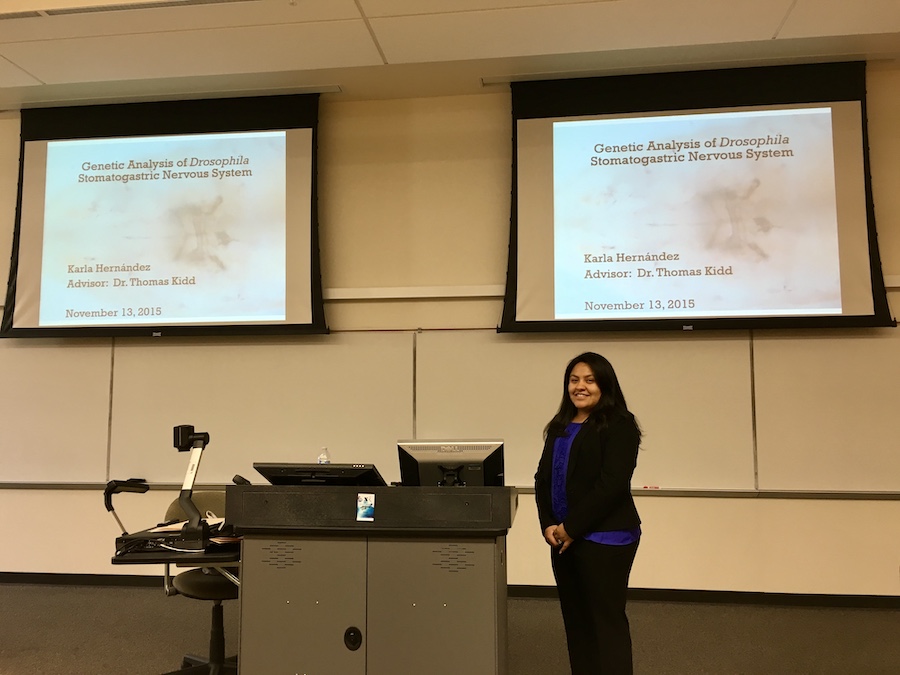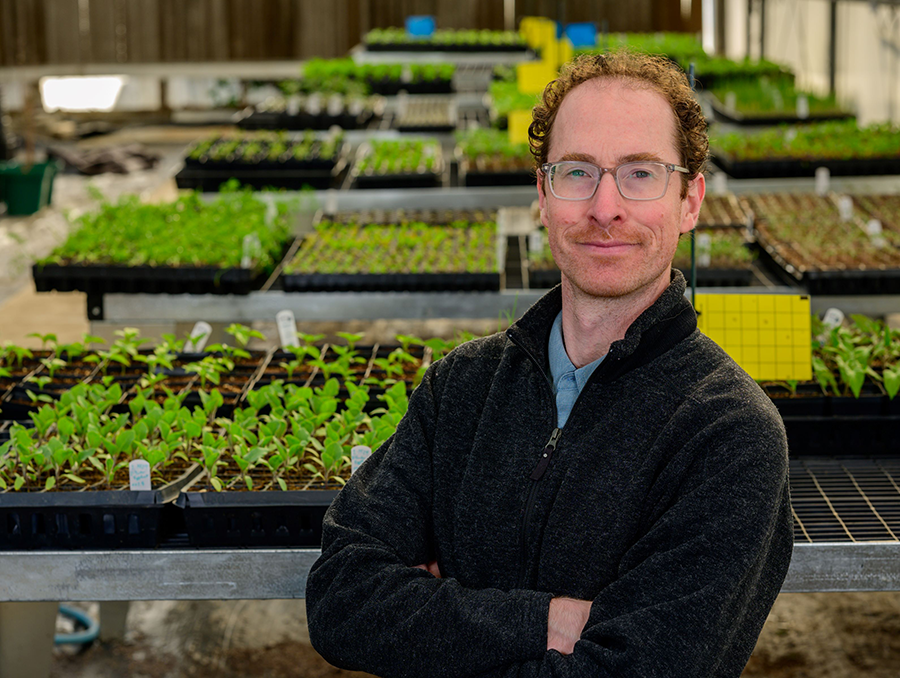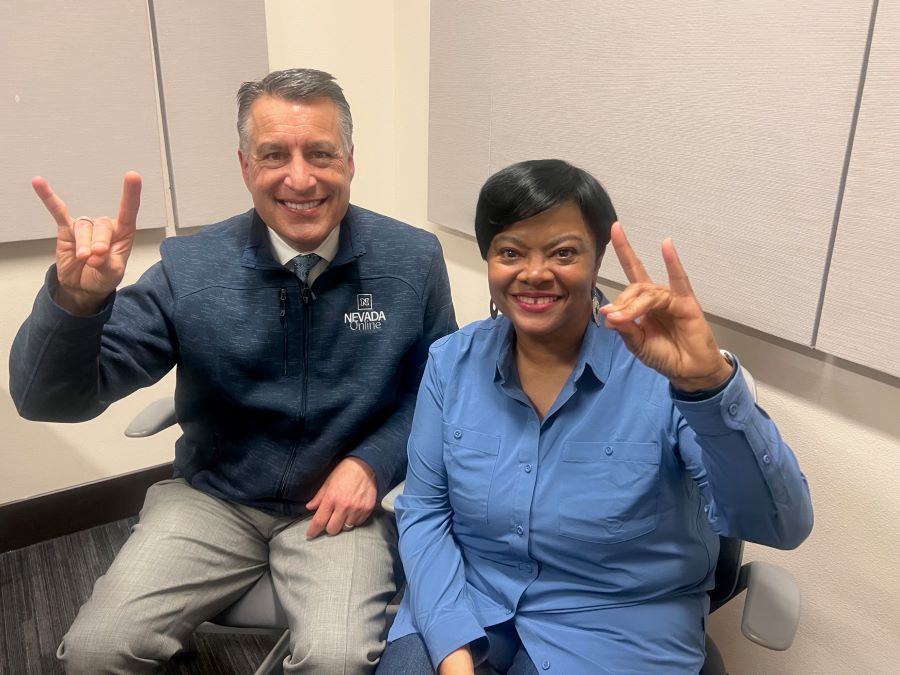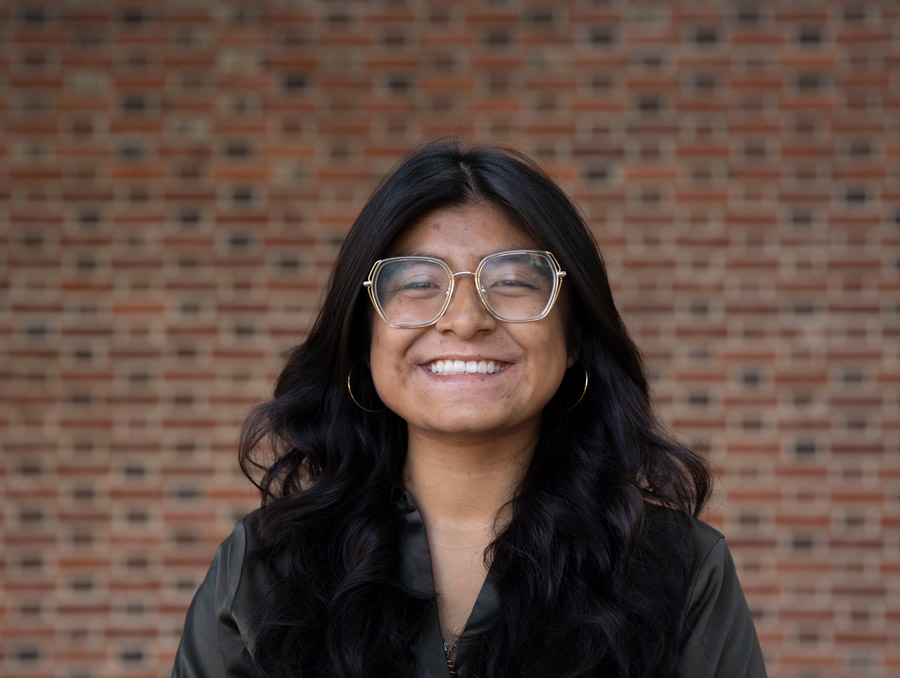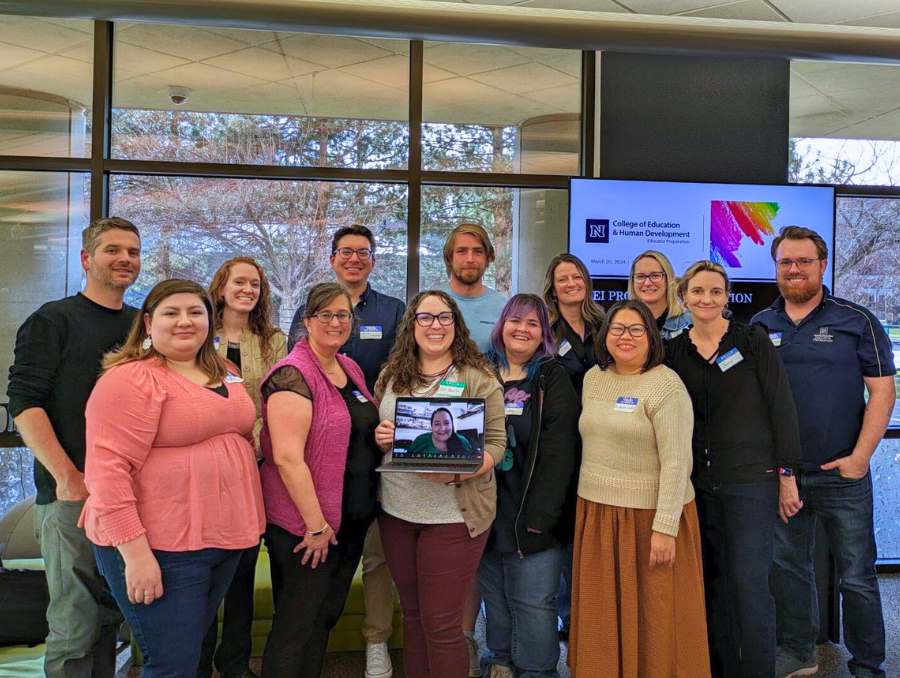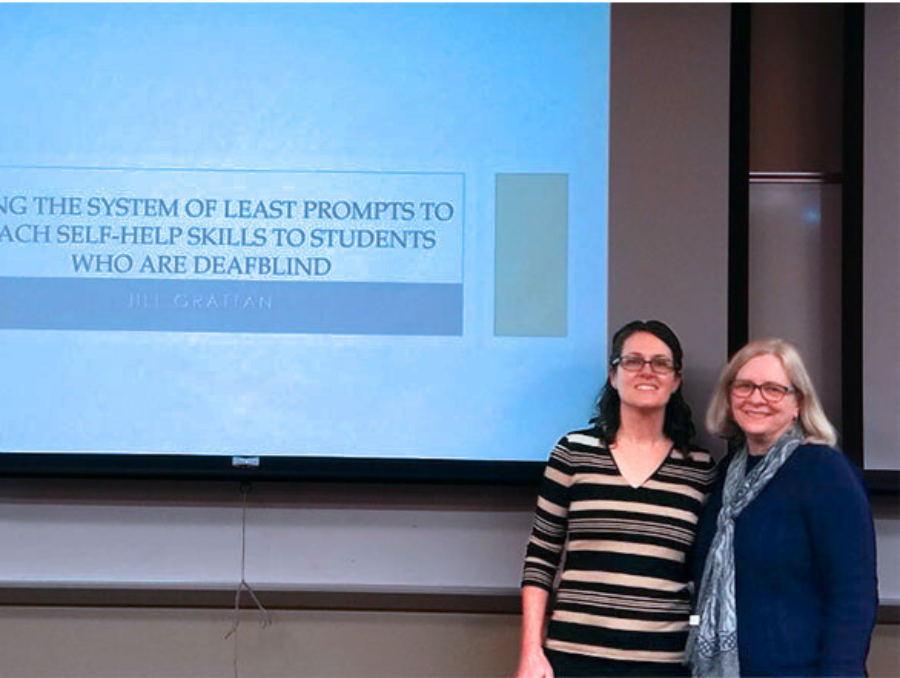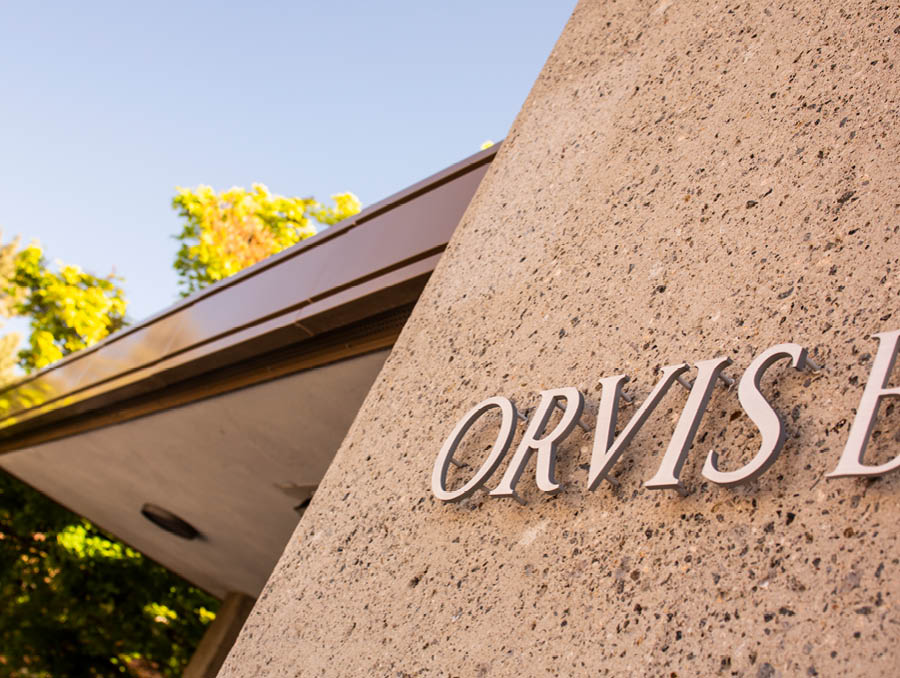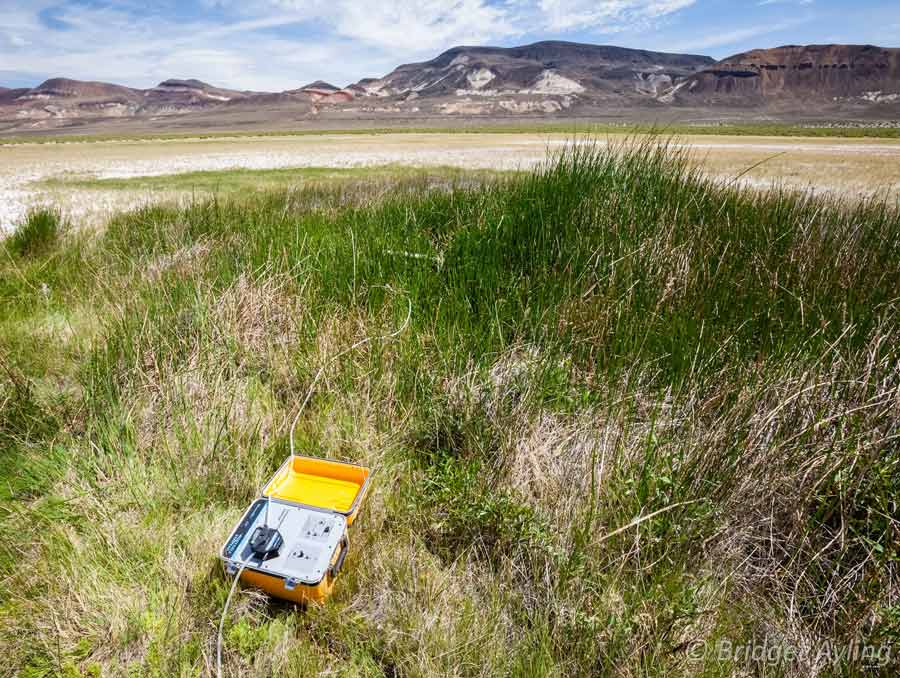In the advertising profession, you can't beat pitching to Coca-Cola as a client.
In the interdisciplinary Advertising/Marketing 433 course, Reynolds School of Journalism and College of Business Administration students developed a comprehensive, integrated marketing and communications campaign for the venerable company.
The team captured second place for the presentation of their final project at the district level of the National Student Advertising Competition, April 28-29, in Fresno, California. First place was awarded to California State University, Chico.
The judges awarded the best media plan to the University team, and student Sarah Holloway earned a special mention for the quality of her presentation.
"This is the single best educational experience that students will receive," said Bob Felten, assistant professor of advertising. "It is the culmination of the students' academic experience and it forces them to compete at a world-class level with some of the best students in the world."
Competitors represented the University of California, Berkeley; University of San Francisco; the Art Institute of San Francisco; and the campuses of Chico, San Jose and Fresno in the California State University system.
The competition, sponsored by the American Advertising Federation, includes two phases: research and compilation of a plans book and a "pitch" presentation. Students worked diligently to prepare for the competition all semester, including over spring break.
"These students matched the standard set by other teams, if not exceeded it," Felten said.
University teams have won four out of eight district competitions. In 2003, the University team took the coveted first place at nationals. Toyota implemented components of the winning Toyota Matrix campaign in its advertising.
"I saw a plans book presentation as a freshman and it blew me away," said Jamie McLeod, a senior marketing major. "I hoped to participate in the course if I had the chance."
Entrance to the course is competitive. Students must be invited to register and they must demonstrate content knowledge, enthusiasm, and determination. The integration of marketing and advertising students contributes to the learning experience and prepares students for real-world working relationships.
McLeod, who wants to work for a marketing firm, assisted with market testing and compiling results for analysis.
"This class has taught me more about media placement and how to access media channels and how to find out about demographics." McLeod said. "Now I have the ability to work with all different principles that apply to advertising and marketing."
Creativity is a must for the project and the event. "We have no budget to compete at the district level," Felten said. "DynaGraphics has donated printing and binding of the plans books and we raise money during the year from alumni and donors who recognize the importance of the learning experience that this competition provides."
The interdisciplinary course requires cooperation among the faculty also. Felten and Bourne Morris, professor of advertising, work with marketing faculty members to instruct, counsel and cheerlead.
"This is a marvelous assessment instrument for the advertising sequence," Morris said. "Students are required to pull together all of the material that they've learned in four years into a final product."
RSJ students also won big in the Governor's Cup, the only statewide awards program in which graduate and undergraduate students compete for cash awards in excess of $110,000. RSJ students Abbey Smith and Melissa Voigtmann received $5,000 for their Web 2.0-inspired business plan for Simply Healthy Foods. Judges praised their plan for its power and the practicality to create an advertiser-supported, online community that links local food producers and consumers, while hosting forums and presenting journalistic content about organic and other types of health food.
Two additional journalism student teams placed in the finals. Stevi Wara, journalism, and partner Jocelyn Pulido, business, received $1,000 as one of seven undergraduate team finalists. Their business idea, parfamilia.com, is an advertiser-supported website for Hispanic/Latina mothers to create a culturally aware community and which allows marketers to reach a growing target market.
At the graduate level, Journalism students Emily Setzer and Jeff Stephens won recognition and $1,000 for their business plan for Wildermaps.com, a rich media, wikipedia-style collaborative online guidebook for non-motorized outdoor recreation.
NevadaToday




